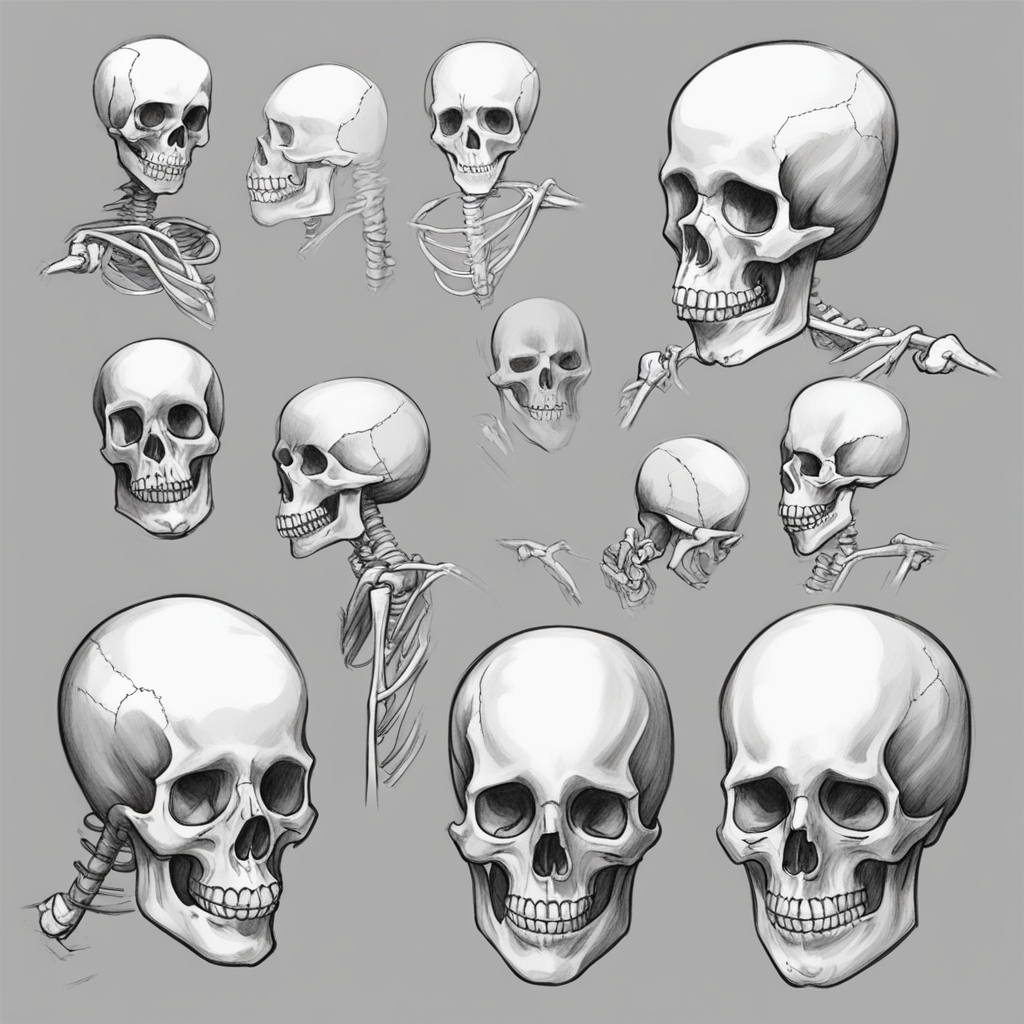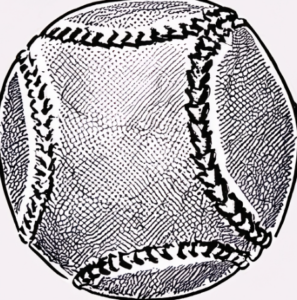Skeleton drawing can be an enlightening and entertaining endeavor, providing valuable insights into the complex anatomical composition of the human body. This comprehensive manual will instruct any individual with an interest in skeletal anatomy, biology, aspirations, or both on how to draw a skeleton with precision and attention to detail. Together, let us commence on this intellectual and anatomical expedition!
Table of Contents
Materials You’ll Need:
Before beginning to design a skeleton, assemble the following materials:
- To begin, select a sketchbook or a sheet of clear, white paper.
- A collection of graphite pencils featuring lead hardness grades ranging from 2H to 4B (e.g., H, HB, 2B, 2H) is recommended to accommodate diverse line weights and shading techniques.
- Erasers: A standard eraser for more precise line removal and a kneaded eraser for light corrections.
- Analytical references: To facilitate comprehension of bone structure, amass anatomical references of skeletons from books, online sources, or anatomical models.
Step 1: Study the Skeleton’s Anatomy
Before beginning to draw, devote some time to studying the human skeleton’s anatomy. Acquaint oneself with the shapes, sizes, and relative positions of the primary bones. This comprehension is crucial in order to present an exact representation.
Step 2: Start with Basic Shapes
Commence your skeleton drawing by imprecisely outlining the fundamental forms that symbolize individual bones. The spine is represented by a central line, while the cranium, ribs, pelvis, arms, and legs are delineated. The following basic shapes will form the basis of your design.
Step 3: Add Bone Details
Add increasing amounts of detail to each bone. It is imperative to scrutinize the bones’ length, breadth, and curvature. Proceed from the larger bones, including the phalanges, to the smaller ones, beginning with the femur and humerus.
Step 4: Focus on the Skull
Due to the skull’s intricate structure, particular care should be taken with it. Precisely depict the cranial, facial, and eye socket bones. Additionally, the canines should be rendered with meticulous attention to detail, should you opt to incorporate them.
Step 5: Draw Joints and Connective Tissue
Include the ligaments and joints that interconnect the bones. These particulars aid in communicating the articulation of the skeleton and the arrangement of its bones.
Step 6: Shade and Add Depth
Commence shading in order to impart substance to your drawing. Utilize various grades of pencil to create shadows and highlights. Observe how light illuminates the skeleton and creates shadows, paying particular attention to the deeper cavities.
Step 7: Refine and Erase
Evaluate your drawing and revise it as required. As necessary, use erasers to remove any stray lines or smudges and to refine the bone shapes.
Step 8: Final Touches
To increase realism, incorporate finishing touches, such as additional shading and the texture of the bones. Incorporating background elements or supplementary context into the design of the skeleton’s setting is advisable.

Frequently Asked Questions (FAQ’s)
How should one locate precise anatomical references in order to construct a skeleton drawing?
Anatomy literature, online anatomy resources, and even three-dimensional anatomical models contain comprehensive anatomical references. These sources provide accurate illustrations of the structure of bones.
Does one require an in-depth knowledge of anatomy in order to create a skeleton drawing?
Although a rudimentary comprehension of skeletal anatomy is advantageous, it is not impossible to acquire further knowledge. Develop a progressive understanding of bone proportions and forms by examining reference images.
How can I increase the amount of detail and realism in my skeleton drawing?
Observe the manner in which light strikes the bones, joint articulations, and bone contours with particular interest. As more details are incorporated, the drawing will acquire a greater sense of realism.
Is it possible to stylize my skeleton illustration by simplifying it?
Undoubtedly so! One may opt to simplify the skeletal structure or highlight specific features in order to achieve an artistic or stylized interpretation.
Are there any guidelines for accurately sketching the skull?
Consider the proportions of the cranium as well as the orientation of the teeth, nasal cavity, and eye sockets. It is advisable to consult cross-sectional diagrams for a more comprehensive understanding of the skull’s interior.
How do I incorporate a context or backdrop into my skeleton drawing?
The establishment of a context can be achieved through the addition of attire, props, or a setting. Reflect on the narrative that you intend to communicate via your artwork.
How should one most effectively prepare to draw skeletons?
Consistent practice is vital. Begin with more basic perspectives and progressively advance towards more intricate poses and angles. Additionally, anatomy drawing workshops and courses are available.
Conclusion
Skeleton drawing is, in conclusion, an enlightening and artistically beneficial endeavor. It provides an opportunity to explore the complex realm of human anatomy while refining one’s drawing abilities. By adhering to this sequential instruction manual, one can produce a precise and comprehensive depiction of a skeleton. Continue investigating the fascinating realm of anatomical art while having fun, whether you’re producing a Halloween-themed artwork or a scientific illustration.
For a fun guide on how to draw Robert, you can find helpful instructions here. This tutorial offers simple steps to assist budding creators in bringing the character Robert to life in their drawings!





